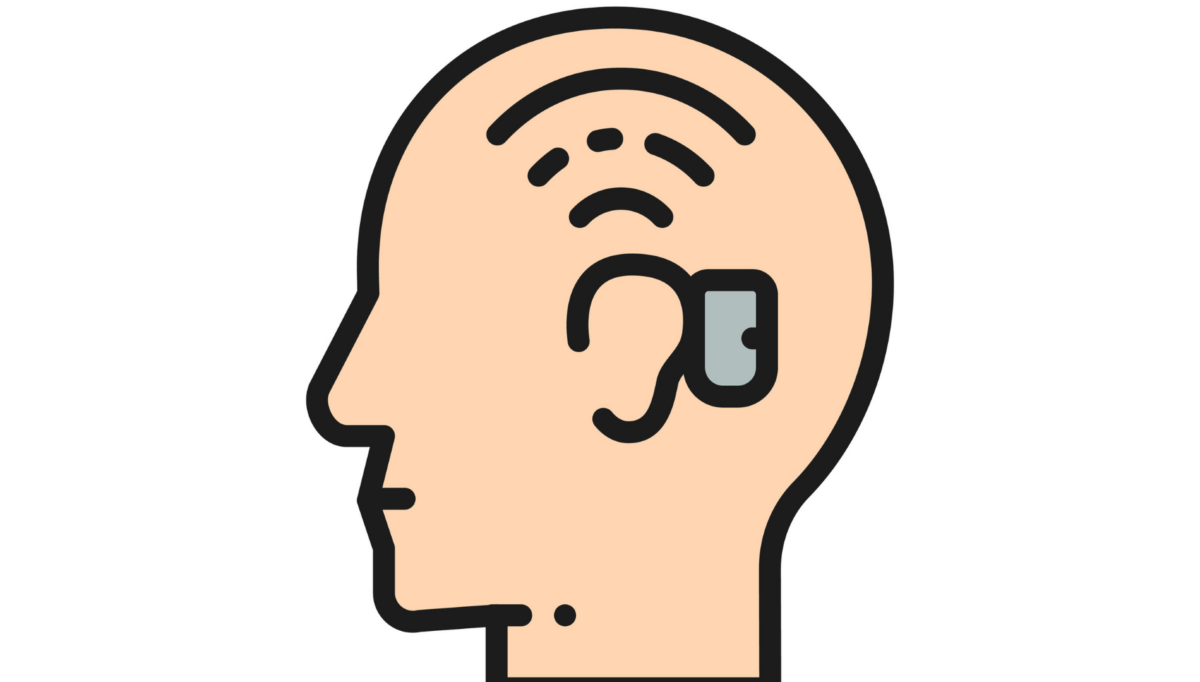Exploring the possibility of a Bone Anchored Hearing Aid (BAHA) can seem daunting, but understanding who qualifies is the first step toward better hearing. The BAHA offers a unique solution for individuals who may not benefit from traditional hearing aids. This device works by bypassing the damaged outer or middle ear and directly stimulating the cochlea, providing clear and crisp hearing.
Eligibility Criteria for a BAHA
The eligibility criteria for a BAHA are multifaceted, so potential candidates need to undergo a comprehensive evaluation. Generally, individuals with conductive hearing loss, mixed hearing loss, or single-sided deafness are considered suitable candidates. These conditions often prevent sound from reaching the inner ear effectively, and traditional hearing aids may not suffice to overcome these barriers.
Common Medical Conditions Addressed by BAHA
Certain medical conditions often point to the need for a BAHA. Among the common issues that BAHA can effectively address are chronic ear infections, congenital ear canal atresia, and middle ear malformations. These conditions can disrupt the normal transmission of sound, making bone conduction a more practical and beneficial solution.
Evaluating Potential BAHA Candidates
The evaluation process for a BAHA typically begins with a thorough hearing assessment conducted by a hearing health professional. This assessment includes detailed hearing tests and a comprehensive review of the individual’s medical history. Understanding the specific nature of the hearing loss helps determine the right course of action. Following the initial evaluation, a trial period using a bone conduction headband can help assess the potential benefits of a BAHA.
During this trial period, the headband simulates the effects of the BAHA, allowing the individual to experience the improvement in hearing firsthand. If successful, this trial can significantly indicate that the BAHA will be an effective long-term solution. The trial is an integral part of the evaluation process, offering both the hearing health professional and the patient valuable insights.
Surgical Considerations
Once the hearing health professional recommends a BAHA, the subsequent step involves considering the surgical implant procedure. This surgery is typically an outpatient operation and is designed to be minimally invasive, ensuring patient comfort and promoting a quick recovery. Individuals need to discuss all surgical risks and post-surgery care with their hearing health professional to ensure they are fully prepared.
The surgery involves placing a small titanium implant into the bone behind the ear. Over time, the bone grows around the implant, securing it in place. This process, known as osseointegration, typically takes a few months. Once the implant is secure, an external sound processor is attached, completing the BAHA system.
Post-Implantation Care
Post-implantation care is a critical aspect of the BAHA journey. Regular follow-up appointments are necessary to monitor the device’s functionality and address any concerns that may arise. These appointments allow the hearing health professional to make necessary adjustments to the sound processor, ensuring optimal hearing performance.
Patients are encouraged to maintain good hygiene, especially around the implant site, to prevent infections. The healthcare team will provide detailed instructions on how to care for the implant and the external sound processor. Ongoing care and maintenance are pivotal to the long-term success of the BAHA.
Navigating Daily Life with BAHA
Living with a BAHA can significantly enhance the quality of life, but it also requires adjustments. Practical support and resources are important for this transition. Simple changes, like learning how to clean and care for the device or understanding how to adjust to new hearing experiences, can make a big difference. Also, various accessories are available that can help integrate BAHA into daily routines seamlessly.
BaHA users often join support groups where they can share experiences and tips. These communities can provide emotional support and practical advice, ensuring that BAHA users don’t feel alone in their journey. Embrace this new chapter with confidence, knowing that there’s a wealth of resources and a community ready to support you.

